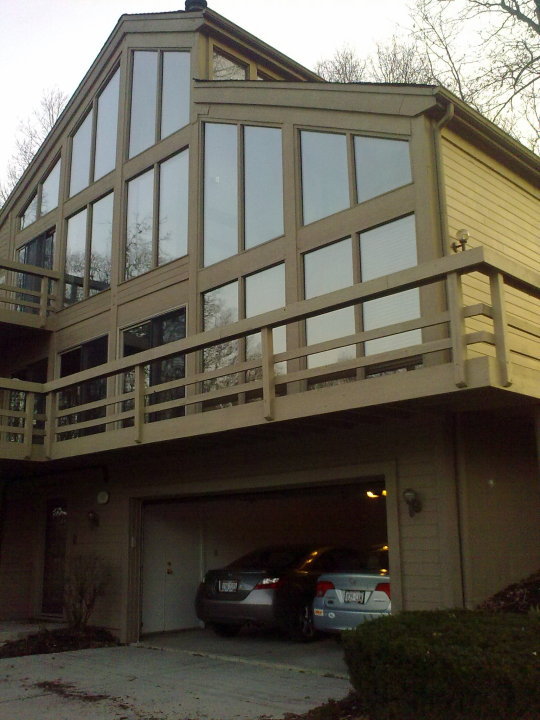I don't know if I can answer your question directly, but my knowledge of the Low-E coatings in double paned windows is that they're supposed to prevent transfer of heat, so while you might lose the heat build-up in the summer, you might also lose the beneficial heating in the winter. Maybe the increase in heating in the winter would be offset by a larger decrease in heating in the summer, but like you, I don't know for sure how to calculate that.
The last house I owned had a similar window feature: lots of sunlight on the south and west exposures. Prior to replacing those with double paned Low-E windows, it built a lot of heat in the summer on the upper floor. This was reduced after the new windows, but it was still pretty darned hot. I don't believe that winter heating changed that much, but we are in one of the milder areas of California (Bay Area). I can't honestly say whether replacing the windows was really worth it. It felt better. :)
Based on the shapes of some of those windows in the picture, that's going to be a lot of custom windows, which could be quite expensive, too. That seems like it would make it more difficult to offset the costs.
One possible thought, would it be possible to make some of the upper windows (easily) openable without them looking drastically different? That could give you the option to open the upper windows at the hotter times to let out some of the built up hot-air.

